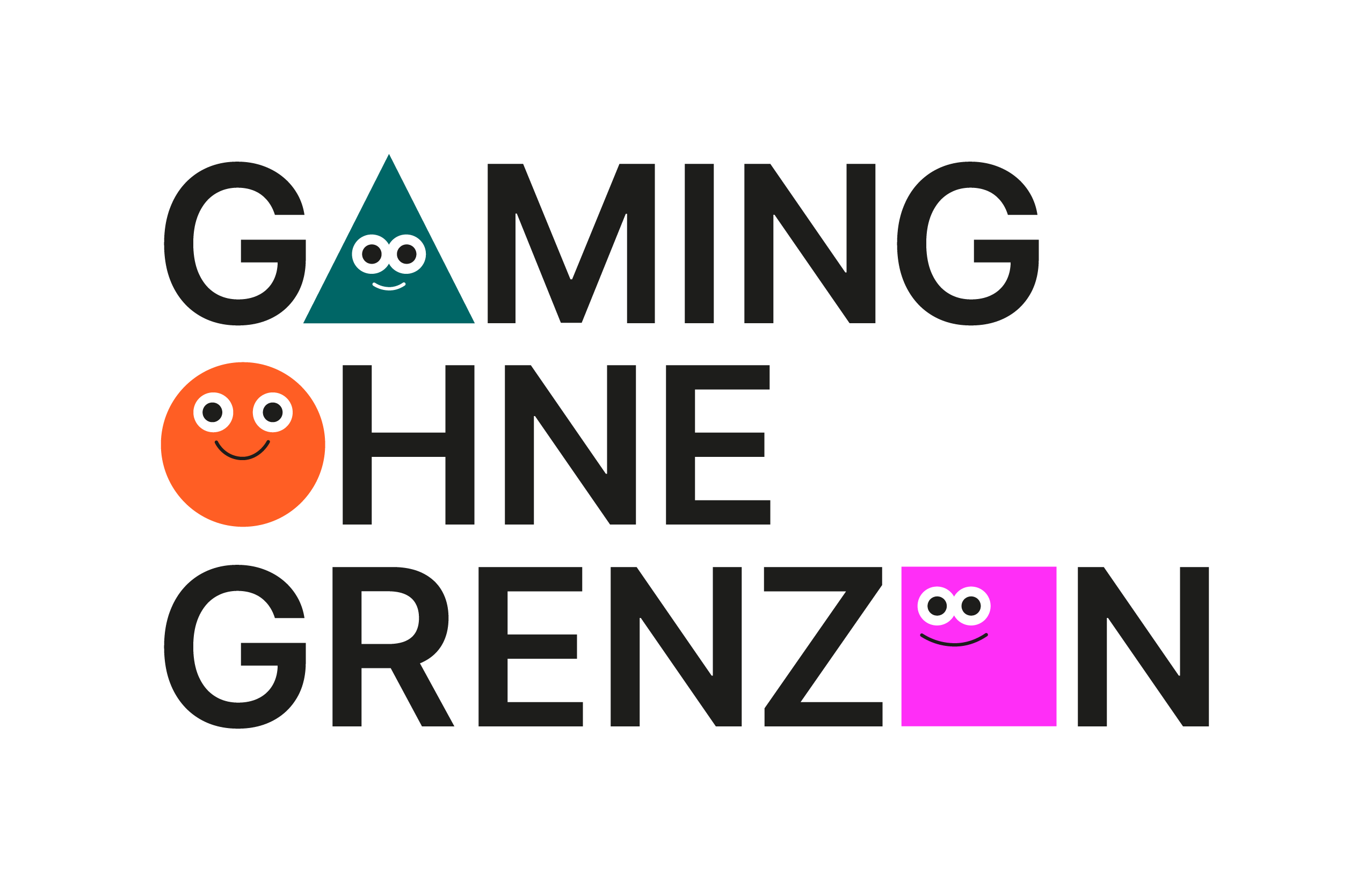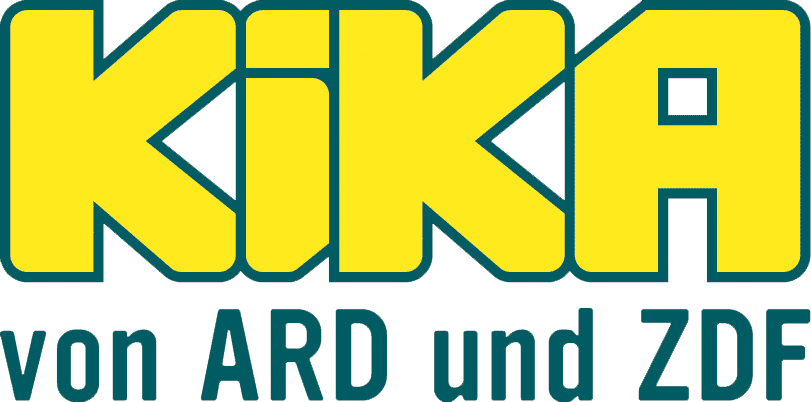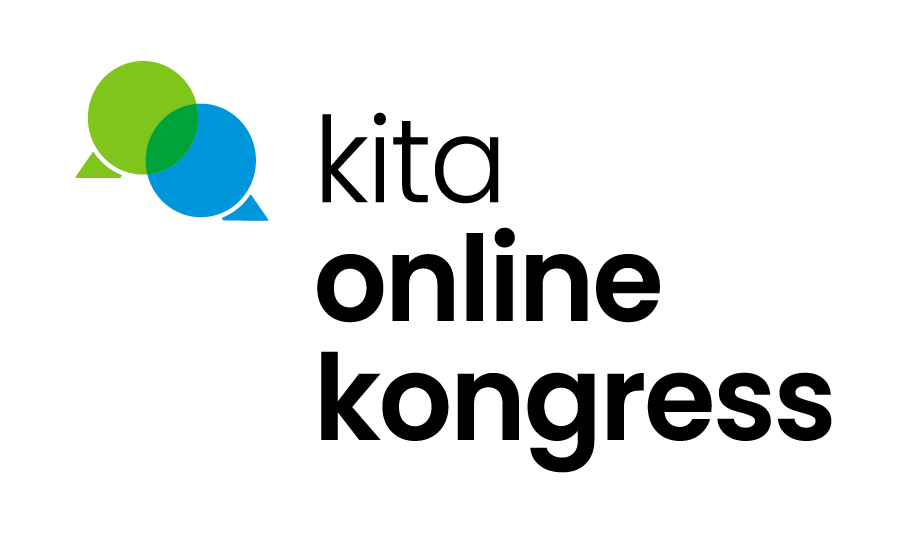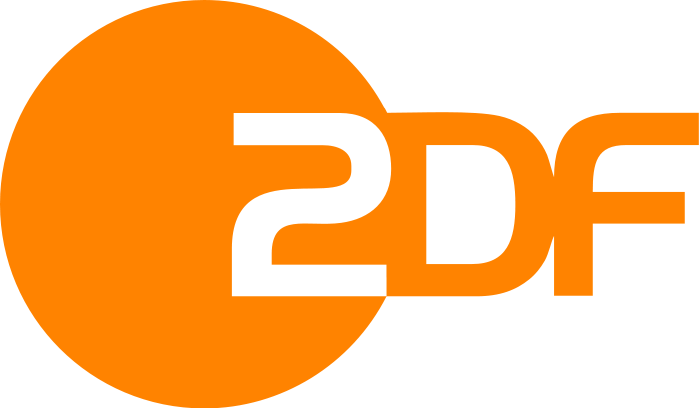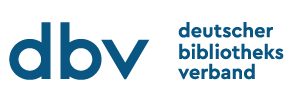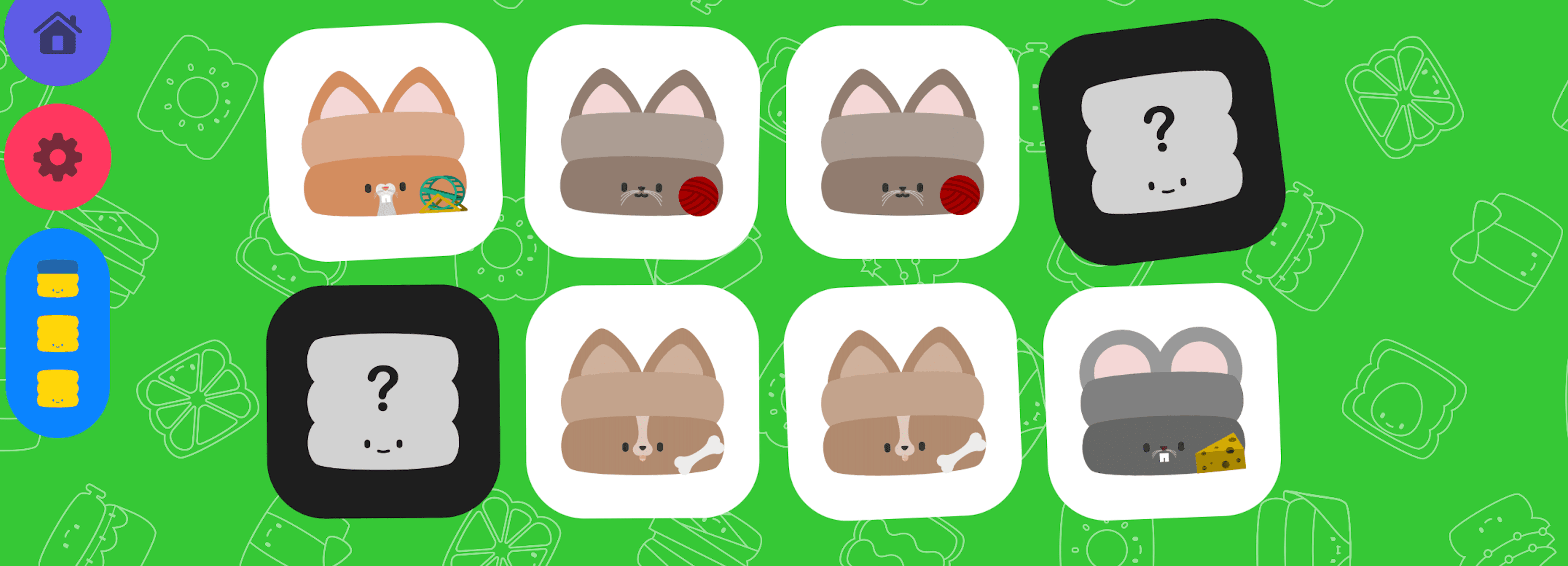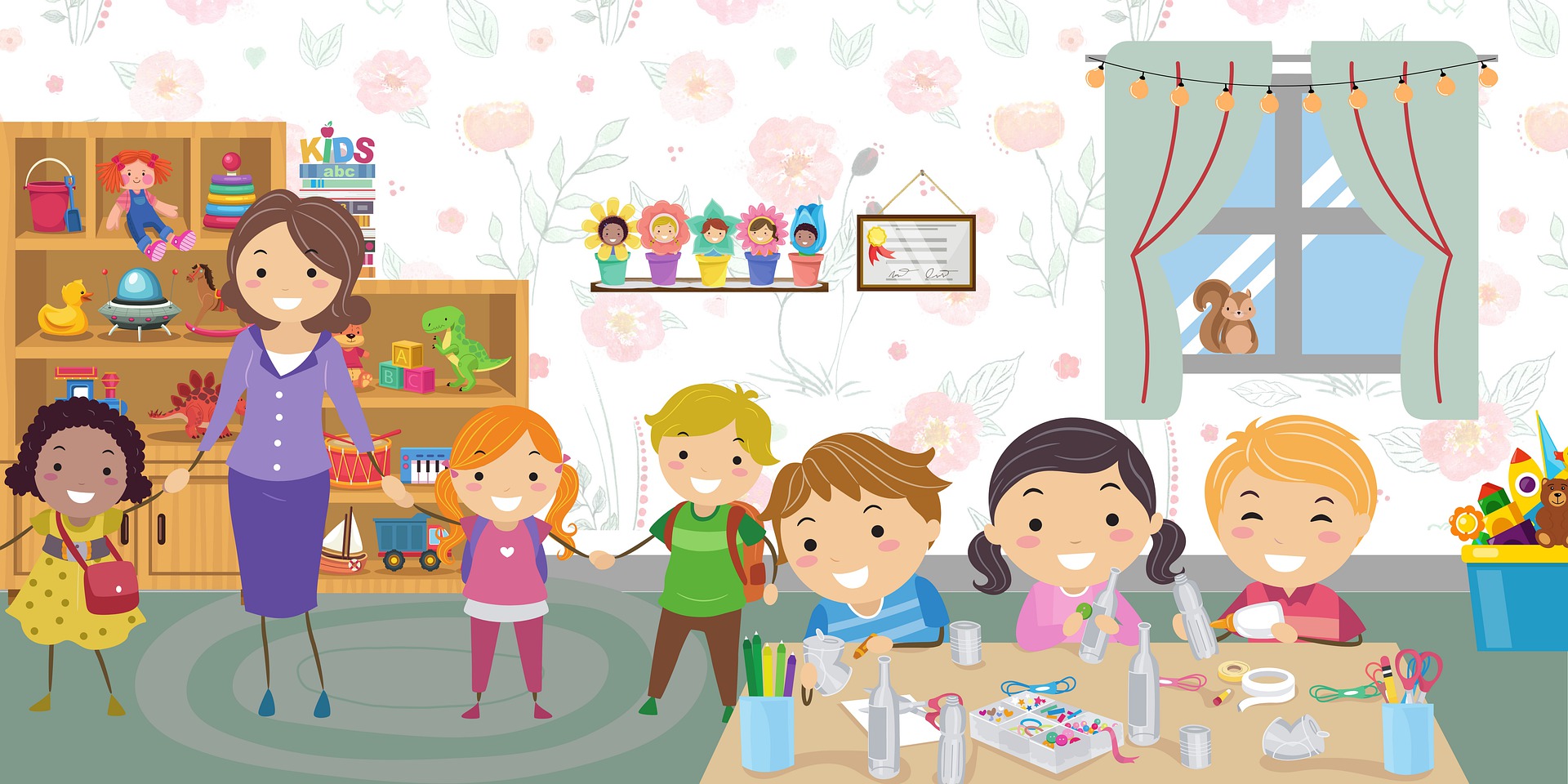Children's Software Award 2024
TOMMI criteria catalog: Category Safety
| Subcategory | Criterion | Criterion description | Target group | Software type |
|---|---|---|---|---|
| Internet | There is no need to follow any link to the network to run the software. | To ensure the safety of children, it should not be necessary to follow external links to use children's software, as the protection of children in this space cannot be guaranteed. | Parents, teachers, educators | App applications, computer applications |
| Internet | The software provides a protected space for the children that cannot be left. | Within the software, for example, there are no links leading to the free Internet but all content (for example, also explanatory videos) is presented within the application. | Parents, teachers, educators | App applications, computer applications |
| Internet | The software does not ask you to give a rating or recommendation (e.g. in the app store). | Prompts interrupt the flow of the game. By forcing users to rate a software, the rating could be submitted hastily and thus be distorted. It can also affect children's safety, as rating links can take them to other websites that can no longer be monitored by their parents. In the app store, prompts can tempt them to spend money. | Parents, teachers, educators | App applications |
| Internet | The software does not contain links to social media. | The software does not require a Facebook, Twitter, or similar account and does not advertise rewards when the account is liked by the game. Many children are still too young to use social media. Also, many parents do not agree with their children having public unrestricted access to content that they cannot monitor and view. Since the software cannot influence what the children see and do on social media, it should not require a link to social media. | Parents, teachers, educators | All applications |
| Internet | The software can be used offline. | If off-line use is possible, the game can be played anywhere, regardless of the Internet connection. | Children, parents, teachers, educators | All applications |
| Internet | Online interactions with other players take place in a safe environment. | Playing with others can lead to cyberbullying or cybergrooming. There should also be a function to report rule violations. | Children, parents, teachers, educators | Entertainment Software |
| Internet | (Voice) chat functions can be disabled or limited. | Inappropriate and toxic behavior often occurs early on in chats. Young players in particular should not be left unprotected, which is why it makes sense to reduce the chat function to emojis, for example. | Children, parents, teachers, educators | Entertainment Software |
| Advertising | The software does not contain advertising if possible. | There are no advertising pop-ups, game interruptions due to advertising, or rewards from watching commercial clips. Since children do not have a mature understanding of advertising and could be encouraged to make purchases by it, there should ideally be no advertising. If advertising is necessary, for example to finance a free application, it should be appropriate for children and adapted to the target group. | Children, parents, teachers, educators | All applications |
| Costs | Children are not prompted to subscribe after a trial. | To avoid paid subscription traps that would fall back on parents, the software should not push children into a paid subscription in a free trial version. | Parents, teachers, educators | Educational software, entertainment software |
| Costs | The software does not include artificial delays that are supposed to lead to in-app purchases. | Artificial delays, such as the timer in Candy Crush that tells you how long you have to wait for new lives, make players more likely to use their frustration to make in-app purchases and spend a lot of money. | Parents, teachers, educators | App applications |
| Costs | The software does not contain any hidden cost traps. | Hidden costs in a software could be, for example, extensions or additional material, which are necessary for the optimal use of the software. | Parents, teachers, educators | Educational software, entertainment software |
| Costs | Games do not work on the pay-to-win principle. | You don't have to spend real money on game items to advance in the game or keep up with other players. | Parents, teachers, educators | Entertainment Software |
| Costs | In-app purchases are only used to extend the software. | If there are in-app purchases, they should extend the software. For example, by adding more books to a reading app. | Parents | App applications |
| Costs | The software does not require the purchase of additional apps or expensive, paid accessories. | All the necessary parts to use the software should already be included in the existing product so that no further effort or possible costs are incurred. | Parents, teachers, educators | Entertainment Software, Electronic Toys |
| Costs | Purchases within the software can be restricted. | Through settings, parents can restrict whether money can be spent. Children cannot accidentally complete purchases. | Parents, teachers, educators | Entertainment Software |
| Costs | The software is affordable in price. | Due to the fact that every child should have the opportunity to be promoted, the children's software should be affordable for everyone, so as not to exclude or discriminate against anyone. | Parents, teachers, educators, librarians | All applications |
| Costs | The pricing model of the software is transparent. | The software explains from the beginning what costs can arise. | Parents, teachers, educators, librarians | All applications |
| Settings | The software includes a secured parent area to make game settings, game time limits, privacy or similar. | The secured parent area allows parents to individually set how and for how long their children should interact with the software. In this way, there are no time misunderstandings. It also lets parents know what their children are engaging with in the software. These settings should only be able to be made with a safeguard such as a password and should be available in several languages. | Parents, teachers, educators | All applications |
| Settings | The software does not require access to external services such as the camera ,microphone or location unless it is absolutely necessary. | To protect the privacy and thus the safety of children, children's software should not be able to access external services of the end devices if this is not necessary for the purpose of the software. If external services are necessary, there should be an explanation of the possible consequences and dangers for children and adults. | Parents, teachers, educators | Educational software, entertainment software |
| Data protection | No data is automatically transported to the Internet. | Before personal data is published, the children's express consent should be obtained. For safety reasons, children should also be made aware of the risks beforehand, as children are often not yet sufficiently sensitized to the dangers of the Internet. | Parents, teachers, educators | All applications |
| Data protection | The software does not collect any personal data. | Personal data, such as place of residence, telephone number or one's own e-mail address, should not necessarily have to be provided when using software in order to protect the safety of children. | Parents, teachers, educators | Educational software, entertainment software |
| Data protection | Personal data is not stored externally. | For the safety of children's personal data, specified data should not be stored and collected anywhere externally. | Parents, teachers, educators | Educational software, entertainment software |
| Data protection | Data is secure on the operator's servers. | If data is provided, it should be secure on the server and should not get to unauthorized third parties through a hacker attack or similar. | Parents, teachers, educators | All applications |
| Data protection | Account data will not be disclosed to third parties. | Personal data provided during registration remains on secure servers of manufacturers/developers. The data will not be shared with third parties. | Parents. Teachers, educators | All applications |
| Data protection | The software's privacy policy is understandable. | Comprehensive or incomprehensible privacy statements may hide clauses that have negative effects, such as granting the right to collect data in order to display targeted advertising. | Parents, teachers, educators | Educational software, entertainment software |
| Data protection | If the software offers the creation of a personal account with personal data, this should only be optional. | Personal accounts can be very useful, for example, to save game achievements or to make personal settings. However, the creation of such an account should only ever be optional. In addition, only data that is really needed for the personal account should be requested and no other personal data that could affect the child's security and right to informational self-determination. | Parents, teachers, educators | All applications |
| Contents | The software conveys content in a way that is appropriate for children. | No depictions of blood and violence, nudity and sex, drug use and the like that are not suitable for children are shown, as these can endanger children and/or their development. For example, content that glorifies violence is not shown. Language and expression should also be appropriate for children and should not contain swear words, for example. A check as to whether content is appropriate can be carried out by means of a USK release and orientation towards the JMStV (Interstate Treaty on the Protection of Minors in the Media). | Children | Entertainment Software |
| Addiction | The software has a fixed/clear end and thus does not encourage the excessive use of it. | Games that are open-ended or have numerous tasks or subplots in addition to the main story (e.g. Pokémon) can encourage excessive use. | Parents, teachers, educators | Entertainment Software |
| Addiction | The software uses game mechanisms that may lead to excessive use (e.g., competitive scenarios) judiciously. | If a game is repeatedly based on winning battles, fights, wars, the high degree of sense of achievement can lead to excessive use. At the same time, the constant losing and the social pressure "to be good at this game" can also promote excessive use. Therefore, it should be considered which game mechanisms are used in a game. | Parents, teachers, educators | Entertainment Software |
| Addiction | The software is divided into sections and this provides opportunities for breaks. | Sections of the game make it easier to take a break while playing. In order to avoid excessive playing and to protect the children from endless playing, there should be enough break options, such as the possibility to save the game state or concrete ends of chapters or tasks. | Children, parents, teachers, educators | Entertainment Software |
| Addiction | The game is designed in such a way that it does not require a large amount of time per level/round or require logging in every day. | There are no round lengths of 30+ minutes and no rewards for logging in daily or repeatedly. | Children, parents, teachers, educators | Entertainment Software |
| Addiction | The software does not send push messages. | No push messages should be sent to users to ensure that they can withdraw from the software. Push messages repeatedly bring users back into the software, which encourages excessive gaming and addiction. Furthermore, push messages should not be used to inform users about events or similar. | Children, parents, teachers, educators | App applications |
| Addiction | The children's software educates users about addiction potential and data protection. | Children's software contains various aspects that can be dangerous for game players. In order to learn how to deal with software in a healthy way, it is helpful if the software explains this directly in the game. This can be achieved, for example, by explaining the current playing time or the storage of data. However, this is only conceivable for older children. | Children, parents, pedagogues, teachers, educators, librarians | Entertainment Software |
| Safety standards | The electronic toy has no physical safety defects that pose a risk of injury. | Electronic toys should not have an increased risk of injury due to their physical processing, for example due to small parts that can be swallowed (depending on age), poor processing or lack of volume limitation. The toy should also not pose any physical, mechanical, electrical, chemical or radioactive hazards. The CE mark, as the basis for toys to be sold in Germany, should be present. | Children, parents, pedagogues, teachers, educators, librarians | Electronic toy |
| Safety standards | The electronic toy is made of a sturdy material that is certified according to EU directives and is not harmful to health. | Electronic toys are subjected to high stress during play. The material should be able to withstand this without any problems and thus not cause any safety deficiencies during play. In addition, the toy is played with by children with all their senses, depending on their age, for example, children still take it into their mouths. Therefore, the material should be safe for health. In addition, it should not be easily flammable. | Children, parents, pedagogues, teachers, educators, librarians | Electronic toy |
| Safety standards | The electronic toy meets all safety standards. | Safety standards must be confirmed by the manufacturer, but are not necessarily a guarantee of quality. In the case of toys for babies, special attention must be paid to careful manufacturing. | Children, parents, pedagogues, teachers, educators, librarians | Electronic toy |
| Sustainability | The electronic toy is environmentally friendly. | Environmental compatibility can be assessed on the basis of the following points: resource-saving manufacture, manufacture from sustainably produced raw materials, use few resources in use and disposal (e.g. energy efficiency), avoidance of harmful substances for the environment and health, durability (repair options), reusability (recyclable), low emissions to soil, water, air or cause little noise. With all these aspects, the toy should still fulfill its function in high quality. | Children, parents, pedagogues, teachers, educators, librarians | Electronic toy |
| Transparency | The software is transparent in terms of content. | Parents can find out the content of the game through the packaging or the Internet and thus know what the children are occupied with. This can ensure media control and safety by the parents. | Parents, teachers, educators | All applications |
| Transparency | The software has transparent terms of use. | The privacy policy or the general terms and conditions can be found online and can be viewed before using the software for the first time. | Parents, teachers, educators | All applications |
| Subcategory | Criterion | Criterion description | Target group | Software type |




